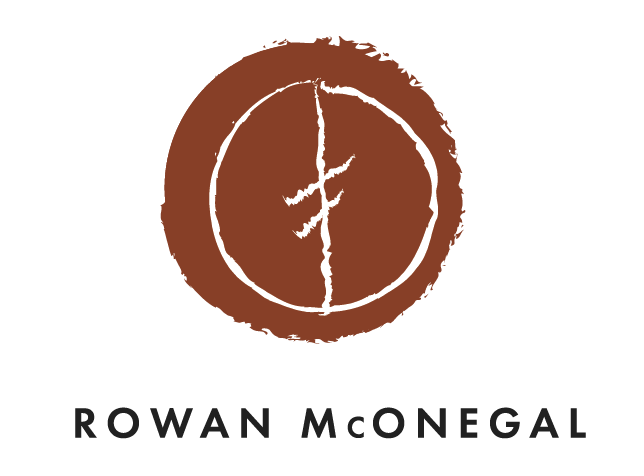Two Make Cabinets, 2016
Two Make : a collaborative project by contemporary makers, supported by AHRC and the Arts Council, which formed a touring exhibition in 2016.
Fragility and resilience: a pair of cabinets made by Karen Hansen and Rowan McOnegal. Our work acknowledges our 30 year friendship.
We share an interest in making work which recognises the stories of people’s lives, including our own; embodying memories; developing personal iconographies, touching on themes such as stele, totems, clan banners, amulets, and contemporary religious reliquaries.
Here are a few words about the wood, glass and gilding elements of the cabinets.
The wood chosen for the cabinets - the ash and the rowan - is very significant for both of us. In Scandanavian myth, the first woman was born from the Rowan, and the first man from the Ash. The belief that the essence of humankind originated from the Ash tree is prevalent in many ancient world cultures, and the Rowan is considered the ancient Tree of Life. Karen loves to work with Ash, and Rowan sought out the source of the Rowan wood she used in mid Wales, where it flourishes.
The backs of the cabinets are designed to slide in from the sides. We discussed the possibility of making them of glass, with verre eglomisee (gold leaf applied to the back of the glass, maybe engraved, and ‘backed up’ with asphaltum to protect the gold leaf). This is a very old method of decorating glass and introducing decorative and reflective qualities, and was used on frames and overmantels. It would have the benefit of reflecting as much light as possible to accentuate and enliven the sandblasted glass doors. The use of a precious metal underpins the idea of the cabinets representing/being something precious and valuable, shrine-like. The light is subtle and dappled, gradually exposing the interior, unlike a bright LED light , which we were keen to avoid using. The disadvantage is that the glass adds much more weight than the plywood backs and makes the cabinets more fragile. We explored gilding on wood and decided to use this technique. It is durable and reflects light well. Perhaps another time we could experiment using verre eglomisee. As gilding in different planes adds to the reflectivity and dynamism of the light reflected, we discussed gilding different planes inside the cabinets but decided on just the back, but to sandblast on the ply first. The two backs were sandblasted with different patterns using the acrylic masks. Gold leaf comes in a range of different tones and hues. Moon gold was used with the blue cabinet and red gold with the orange.
The doors were sandblasted using a mixture of fablon resists (initially the designs drawn on in pen then cut with a scalpel to lift off various sections; and pieces of lace used as a resist). The idea was to not have a very specific figurative or abstract image, but to invoke the sensation of feelings as detailed in the notebooks - a sense of delicacy yet strength and endurance (the ash keys survive on the tree all winter), of complexity and layers, yet clear and strong. I tried to immerse myself in thinking and feeling about friendship, to not have preconceptions about what the doors would look like - perhaps as a metaphor for what to expect from another?
To go with the flow and work with each others ideas with a sense of : not being fully formed, still evolving, like our relationship shell/protection/shield/scales/feathers /wing (which protect, yet give you flight), petals, stamens, centre, opening, evolving, unfolding, promise, fruition, regeneration kernel/pip/embryo/seed/fruit/core/flesh/heart linked pairings - shadows, leaves, seeds, pairs of wings, hands, trees (rowan and ash, linked mythologically).
‘The flower is always within the almond’ Henri Bosco something precious that defines you, reliquaries, devotional objects, amulets, Japanese sliding screens that don’t show all the treasures at once decorative panel of a tribal dress decorated with cowrie shells as symbols of fertility each door to echo the other and inter relate yet be different. All these idea went into the soup...
What evolved were the blue and the orange doors, tied in with the different textures and golds used for the gilding on the backs. The imagery is not clear but is something distilled from the ideas and thought mentioned above. We discussed different methods of edging the glass - lead, copper foil, linished. Lead is too heavy and clunky, and we wanted a light feel to the cabinets. Copper foil drew too much attention to the door edge and also looked untidy. In the end we used sandblasting to finish the edges, which took the decorative effect around the edge and worked especially well with the blue, so that the wavy cowrie shell- like blue edge looks like the edge of the glass itself.
I tried out some techniques including drilling holes in the glass. This is always risky - but they weren’t needed in the end as the door design and fitting of glass was secure enough. Handmade glass can vary a lot in width, so we selected a section of the sheets that was fairly consistent width, and as near as possible to 4mm so it fitted snugly in the groove on the door hinge - this worked very well - and angled slot in the handle prevent the glass dropping out. Thankfully we didn’t need to use any silicon glue.



